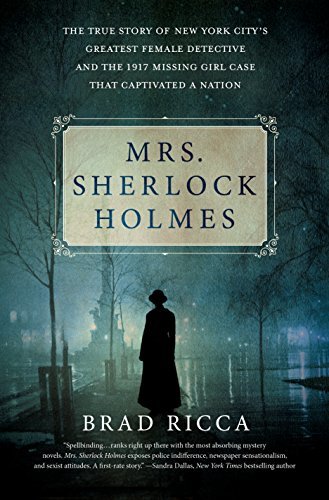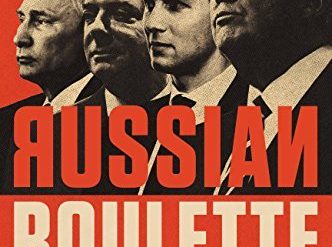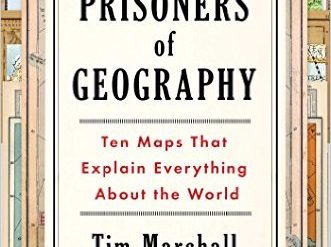
As a child, she was known as Mary Grace Winterton, one of three daughters of a wealthy New York family. After gaining a law degree from NYU and being admitted to the bar in 1904, she set up the People’s Law Firm to offer affordable legal services to low-income New Yorkers, especially immigrants. The firm soon had several branches throughout New York City. She was known then as Mrs. Mary Grace Quackenbos, although she and her husband had separated when she entered law school. A decade later, when she intervened in the high-profile investigation of a missing 18-year-old girl, she was known as Mrs. Grace Humiston, having remarried in 1911. Under that name, she achieved nationwide fame as a detective, only to meet disgrace a short while later.
Grace Humiston’s fame arose from her work with the Hungarian-born detective Julius J. Kron in solving the disappearance of Ruth Kruger in 1915. The case had gained worldwide attention because young Ruth photographed well and her well-connected father raised hell over the failure of the police to find his daughter. Humiston and Kron’s success despite the efforts of the police to undermine them led to a series of indictments of men in the NYPD for incompetence, dereliction of duty, and corruption.
But the issue that had drawn Humiston into the case was never addressed to her satisfaction. It was called “white slavery” then. We refer to it as human trafficking today. Humiston, however, was obsessed with a single aspect of the issue: the seduction of high-school girls by prostitution rings. She became so consumed with concern over this issue that she closed her law practice to launch a public education campaign and set up a home for girls rescued from their captors.
Mrs. Sherlock Holmes: The True Story of New York’s Greatest Female Detective and the 1917 Missing Girl Case that Captivated a Nation by Brad Ricca (2017) 452 pages ★★★☆☆
Despite the fame that the great female detective gained for her work on the Ruth Cruger case, her most significant contribution by far had come much earlier in her career. Not long after establishing the People’s Law Firm, she spent seven weeks traveling through the South to investigate the disappearance of Italian immigrants from their families in New York. They had been lured southward on the promise of well-paying jobs. Instead, the men (sometimes with their whole families) were put to work at exhausting jobs on turpentine camps as virtual slaves, housed in run-down shacks, and forced to buy food and other necessities from company stores. The issue then was called peonage. The practice was widespread in the American South, and not just at turpentine camps. It was a national disgrace.
Using a variety of disguises to enter the camps and interview workers, Humiston succeeded in revealing an extensive network of exploitation that involved recruiters in Italy, Spain, and elsewhere who had brought thousands of immigrants to the United States on false pretenses. Her work gained the attention of President Theodore Roosevelt, who called her to the White House to report her findings.
Government intervention called off
Unfortunately, the president called off government intervention in the issue after an old friend of his wrote him a letter discrediting Humiston and denying all the charges. The man had been Humiston’s chief target in her investigation—and he had just been elected to the United States Senate. However, the issue had been exposed through the press, and gradually the practice of peonage declined. In the process, Humiston’s skill and tenacity gained her an appointment as Special Assistant United States District Attorney, the first woman to gain such a high-ranking position in the Department of Justice.
This is a fascinating story, and an important one. The accounts of Humiston’s work at the People’s Law Firm, the Ruth Cruger case, and the peonage investigation occupy about the first half of Brad Ricca’s Mrs. Sherlock Holmes. (Humiston was called by that name in the press for a time following the Cruger investigation.) Regrettably, the book weakens markedly after that point. The story wanders back and forth through time, relating the progress of the prosecution of the police officers whose incompetence was revealed by Humiston and Kron and briefly describing a number of additional cases in which Humiston became involved as either a detective or an attorney. (Only one of those police officers was ultimately convicted, and after his release from prison he was rehired by the NYPD!)
An account that’s difficult to understand
Ricca’s account of the events that led to the disgrace and fall of the great female detective from public favor is choppy and difficult to understand. Apparently, she departed from her customary caution and reliance on facts to publicly announce as proven fact a number of salacious rumors. Unwisely, she spoke publicly and bragged to the press that she had proof about the mistreatment and even murder of young women at an army base on Long Island where troops were being mustered before shipment to France in the closing year of World War I.
Humiston repeatedly insisted she had affidavits and other proof in hand, and at one point that she had even delivered this information to the authorities. But never did any such information surface. Obviously, she had chosen the wrong target—an army base in the midst of a popular foreign war. Although Humiston continued to speak out on white slavery for many years afterward, and she did meet success from time to time in defending accused murderers, her role as “Mrs. Sherlock Holmes” was clearly over.
Brad Ricca has written two nonfiction books and a volume of poetry. He teaches creative writing at Case Western Reserve in Cleveland, where he was born, raised, and still lives. Mrs. Sherlock Holmes is a nominee for a 2018 Edgar Award for Best Fact Crime.
For related reading
For my review of a more accomplished nonfiction book about another headline-grabbing case that garnered nationwide attention in the same era, see The case that helped put the FBI on the map. It’s about David Grann’s excellent book, Killers of the Flower Moon.
Like to read good biography? Check out Great biographies I’ve reviewed: my 10 favorites.
If you enjoy reading nonfiction in general, you might also enjoy:
- Science explained in 10 excellent popular books
- My 10 favorite books about business history
- Top 10 nonfiction books about politics
And you can always find my most popular reviews, and the most recent ones, on the Home Page.


























